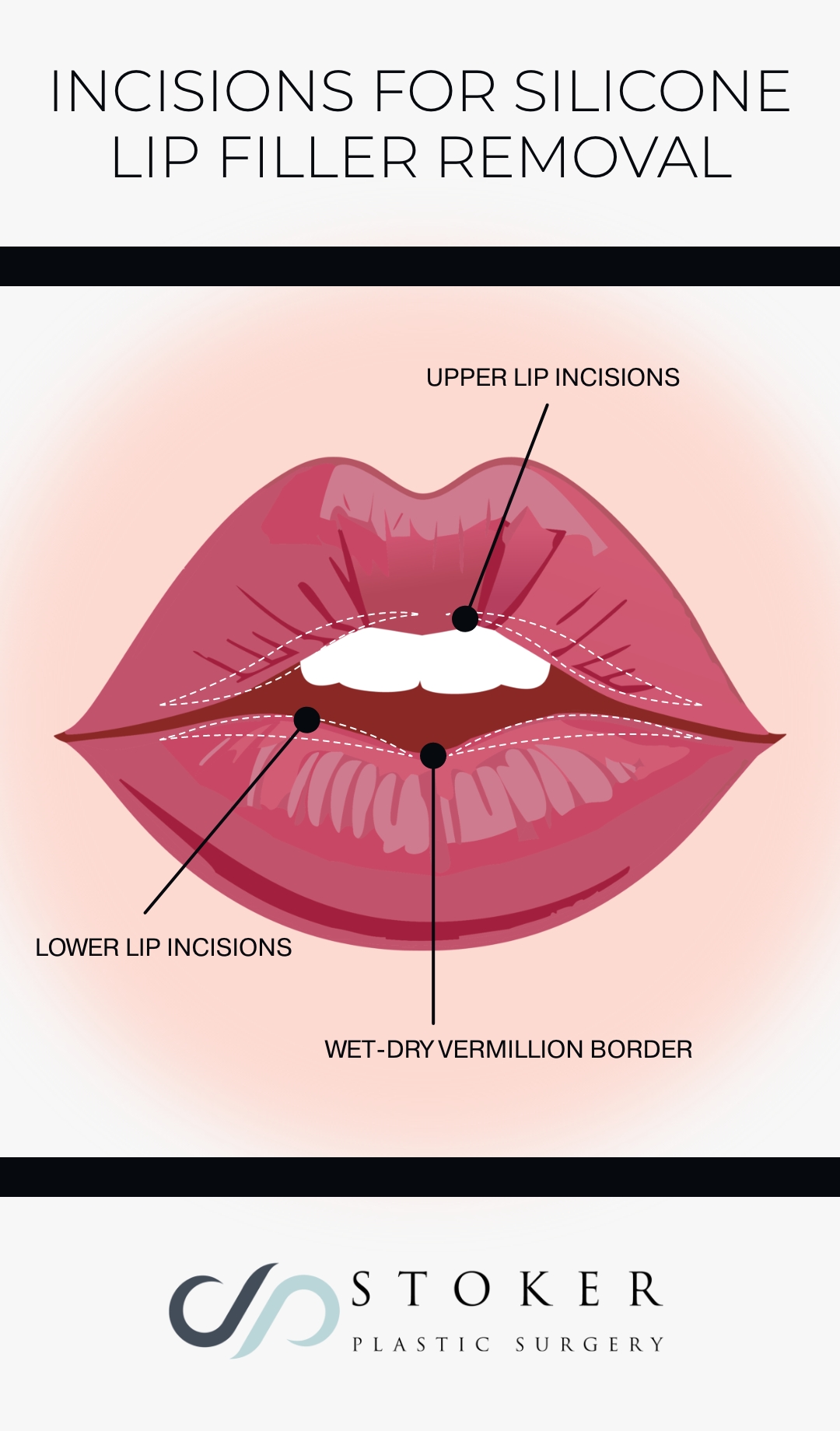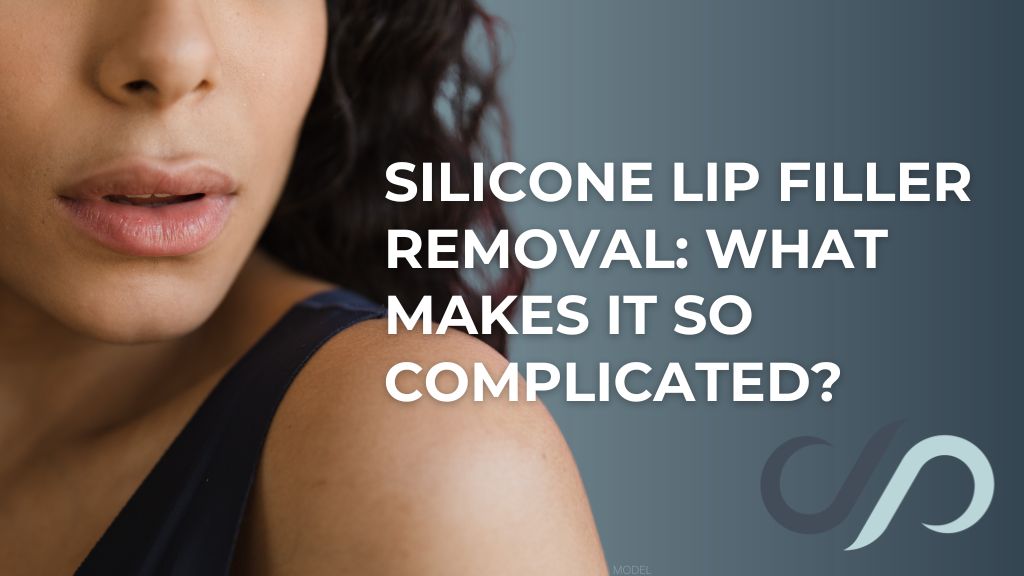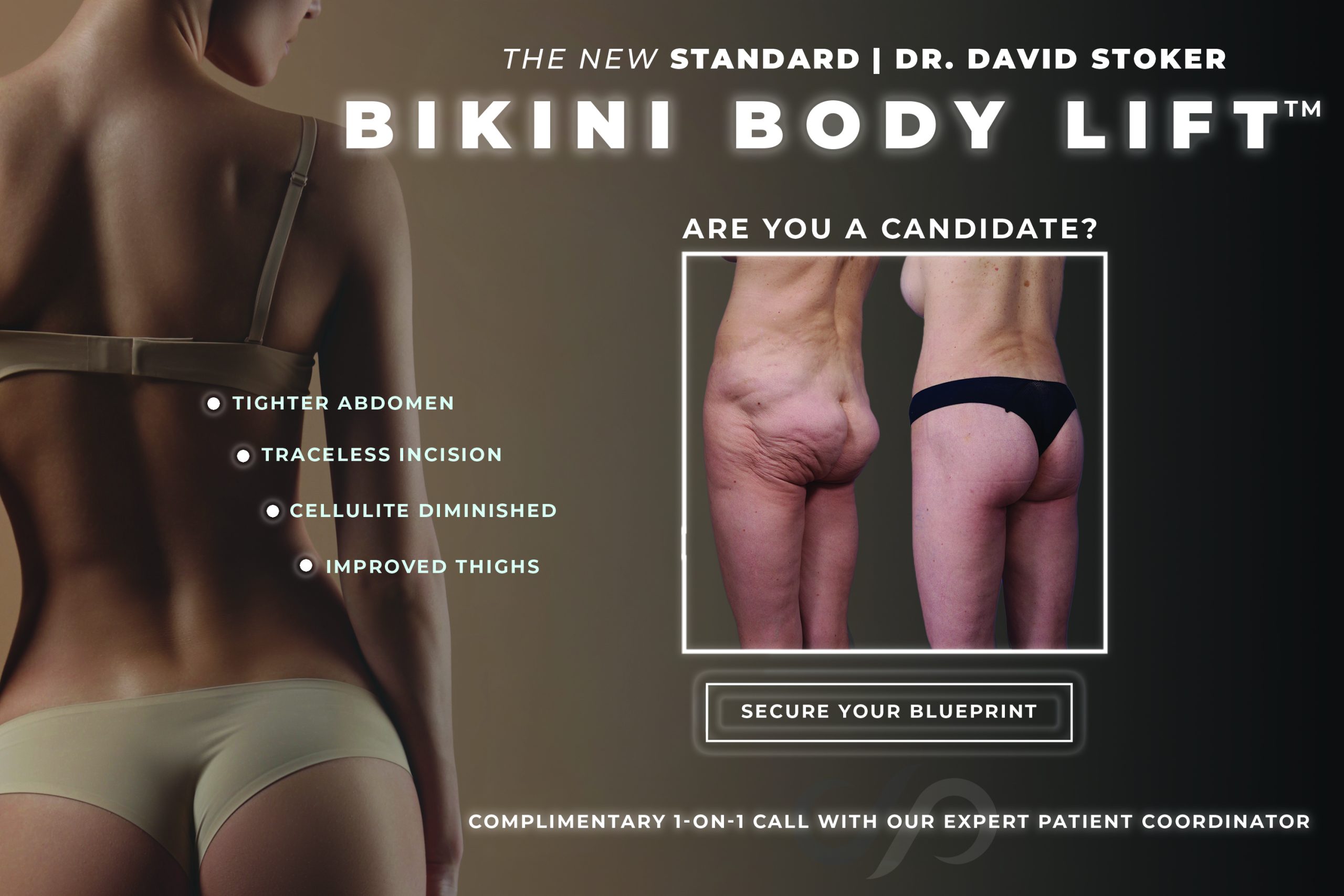The appeal of a fuller pout has become increasingly mainstream, propelling lip fillers to the forefront of cosmetic procedures. However, achieving that perfect look is not as simple as it seems. Choosing the right type of filler and the right practitioner can make all the difference between a dream come true and a cautionary tale.
As an experienced board-certified plastic surgeon in Los Angeles, I’ve seen the good and the bad when it comes to lip fillers. Today, I’ll shed light on why silicone fillers are both loved and lamented and discuss why you should consider safer alternatives.
What Are Silicone Lip Fillers?
Silicone lip fillers are a type of dermal filler designed specifically for lip augmentation. However, unlike temporary fillers formulated with hyaluronic acid or other biocompatible substances, silicone lip fillers are permanent.
The substance is injected in small amounts into the lips to provide fullness and definition. While the initial results can be impressive, the critical point is that silicone is not biodegradable. This permanence can be either an advantage or a disadvantage, depending on your goals, the skill of the practitioner, and the effect of time on your results.
Before and After Silicone Lip Filler Removal at Stoker Plastic Surgery
Why Silicone Lip Fillers Are a Double-Edged Sword
Silicone lip fillers are known for their long-lasting effects, a feature that initially seems appealing. Many patients are drawn to the idea of a ‘forever plump’ look that doesn’t require regular touch-ups or maintenance.
However, this enduring effect is also where the drawbacks can surface. Unlike fillers that dissolve over time and give you the option to tweak or revert the look, silicone is essentially a lifetime commitment. Once injected, the substance integrates with your lip tissue, making it exceedingly challenging—if not impossible—to remove or modify without complex surgical intervention.
Additionally, if complications arise, such as lumping, migration, or an allergic reaction, addressing these problems is complicated. Rectifying issues with silicone lip filler involves specialized techniques, requiring you to seek out highly skilled professionals for corrective procedures. This can mean additional surgeries, higher costs, and, unfortunately, more risk.
What Happens When Silicone Lip Fillers Go Wrong?
Initially, silicone lip fillers may look aesthetically pleasing. Over time, however, issues such as swelling, chronic inflammation, puckering, and distortion can develop. The silicone can also migrate, causing aesthetic and medical problems that are not easily remedied. In some cases, these issues arise years after the initial procedure.
How Is Silicone Lip Filler Removed?
Removing silicone requires surgical precision and multiple steps. Unlike hyaluronic acid-based fillers, silicone cannot be dissolved easily. I’ve seen patients who attempted to smooth out the irregularities with other types of fillers, only to complicate the silicone removal process further.
My Approach to Silicone Lip Filler Removal
In my practice, I take a meticulous, nuanced approach to removing the silicone. The process begins with a thorough consultation—evaluating the condition of your lips, discussing your aesthetic goals, and developing an intricately tailored removal strategy. I strive for results that rectify past issues and leave you looking better than ever.
- First, I dissolve any dermal fillers that were injected to try to smooth out the silicone’s lumps and irregularities.
- Next, I make incisions at the lip’s wet-dry vermilion border—where the dry pink lip meets the moist pink lip. Concealing the incisions in this area minimizes visibility and ensures a more discreet outcome. I often adopt a dual ellipse excision technique on both the upper and lower parts of the lips. This approach facilitates silicone removal and prevents distortion when the patient smiles.

The Challenges Surgeons Face in Removing Silicone Lip Filler
Despite the increasing prevalence of silicone-related issues, many surgeons hesitate to undertake the removal procedure. The complexities involved, coupled with the potential risks and challenges, make silicone removal a less favored option among practitioners. I’ve embraced the demand for this specialized service, however, developing expertise and achieving favorable outcomes through a growing number of cases.
Natural-Looking Lip Filler: Alternatives to Silicone
Long-term safety concerns are just one of the reasons the FDA warns against using injectable silicone for your lips. If you’re looking for a safer option, you’ll be pleased to know that excellent alternatives are available. Hyaluronic acid-based fillers and other biocompatible fillers are popular for their safety, excellent results, and versatility.
Hyaluronic acid is a substance naturally found in the human body, primarily in the skin, connective tissues, and eyes. For this reason, hyaluronic acid-based fillers tend to blend seamlessly into your lip tissue for a more natural look and feel.
These fillers offer a range of benefits that make them a desirable choice for many patients:
- Reversible Effects: Unlike silicone, hyaluronic acid fillers aren’t permanent and can be dissolved if you’re unhappy with the results or wish to change your look.
- Adjustable Fullness: During the injection process, the practitioner can easily control the volume, allowing for a customized treatment plan tailored to your aesthetic goals.
- Lower Risk of Allergic Reactions: Since hyaluronic acid is a naturally occurring substance in the body, the likelihood of an allergic reaction is significantly reduced compared to synthetic materials such as silicone.
- Gradual Treatment Plans: For those who prefer a subtler transformation, hyaluronic acid fillers allow for a phased approach, where you can gradually increase the plumpness over multiple sessions.
- Natural Movement and Feel: Hyaluronic acid-based fillers tend to maintain the natural texture and movement of your lips, ensuring that they look and feel real.
Can lip filler look natural? The answer is a resounding yes, especially when you opt for hyaluronic acid-based fillers. These products provide a safer, more flexible, and often more satisfying route to achieving a plumper pout without the potential complications of silicone.
Take the Next Step
If you’re unhappy with the appearance of your silicone lip filler, or if you’re considering getting lip fillers for the first time, I invite you to take the next step and schedule a consultation with Stoker Plastic Surgery. This will give you the opportunity to ask questions and allow us to develop a personalized treatment plan that addresses your goals. Call our office today at (310) 300-1779 or request a consultation.





Leave a Reply